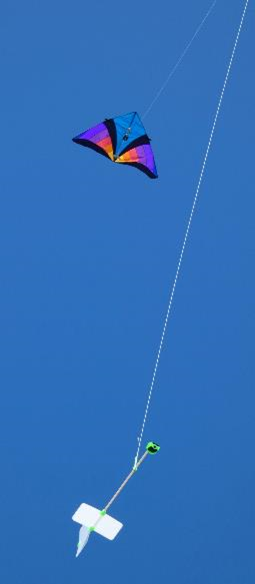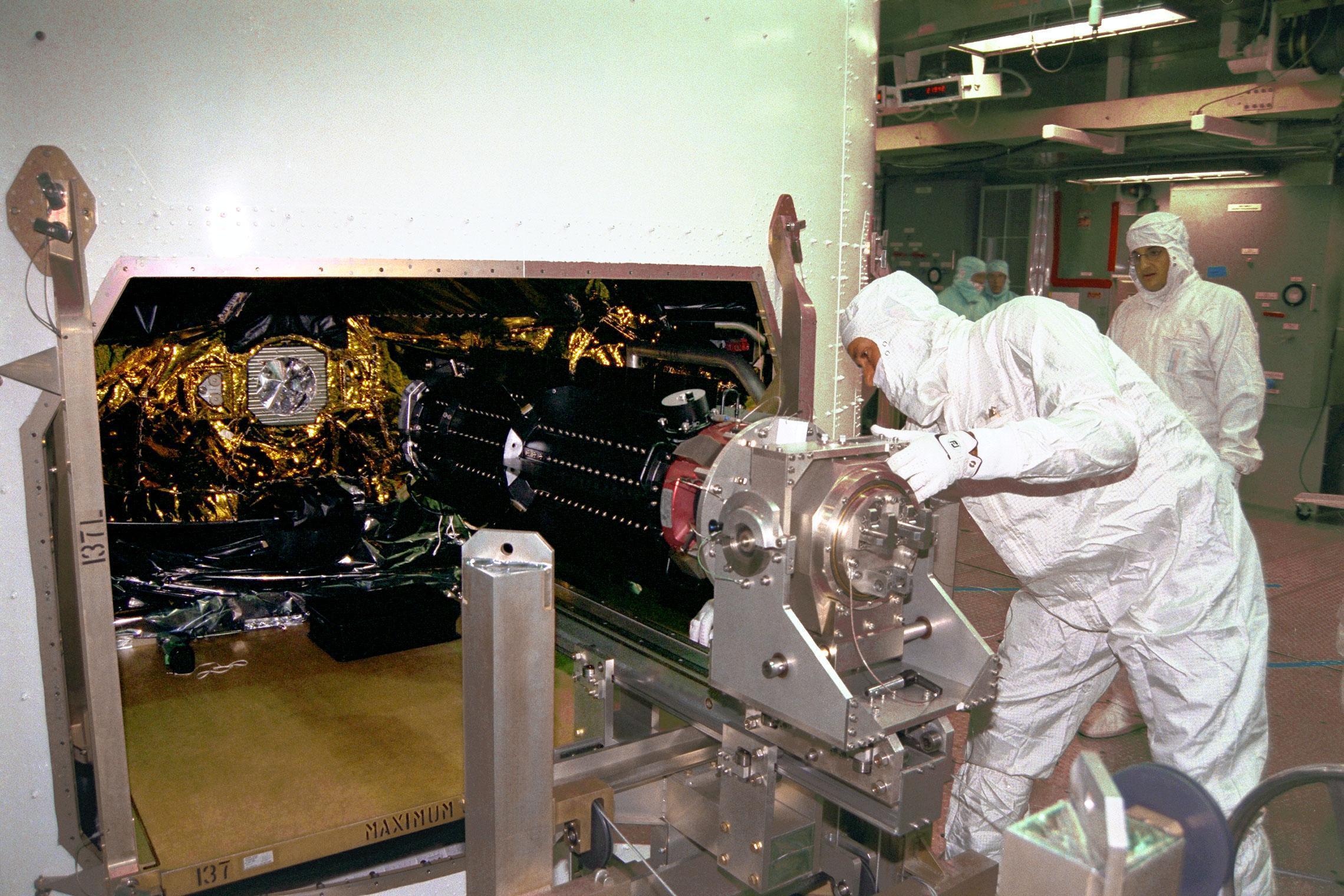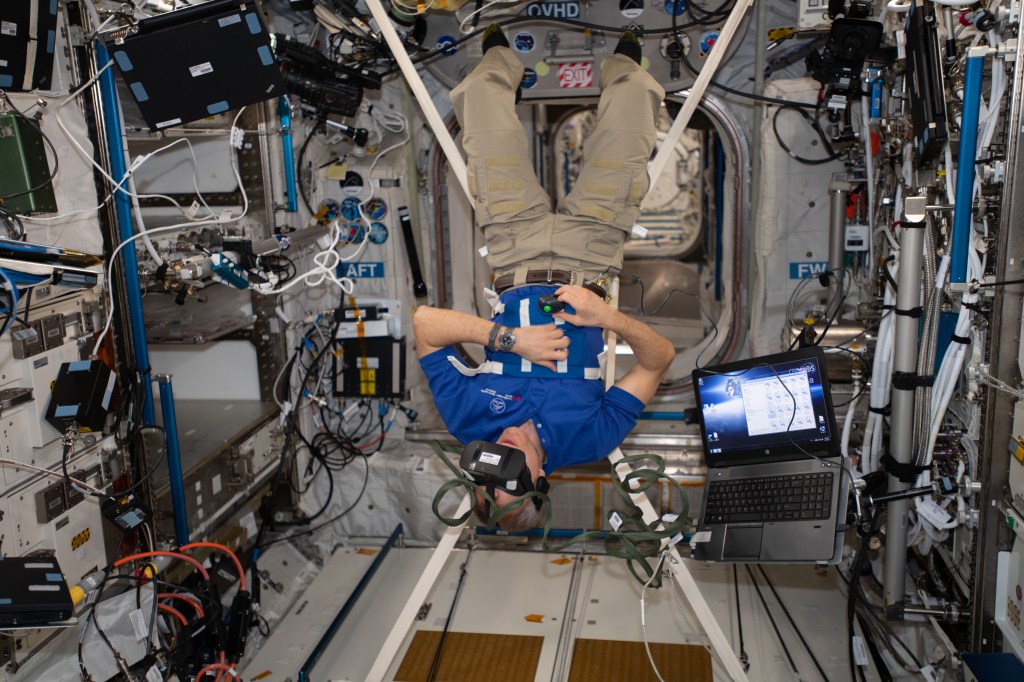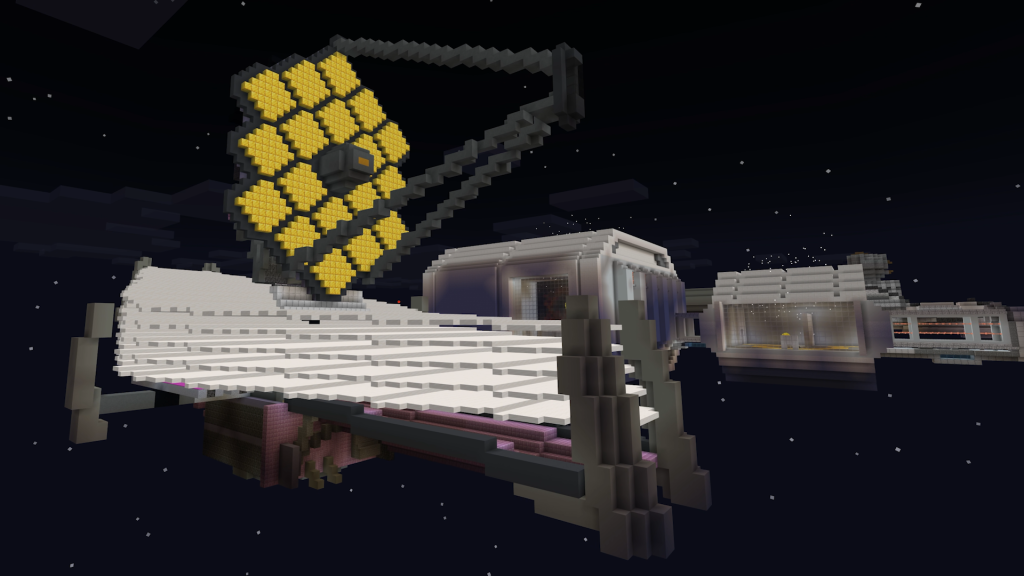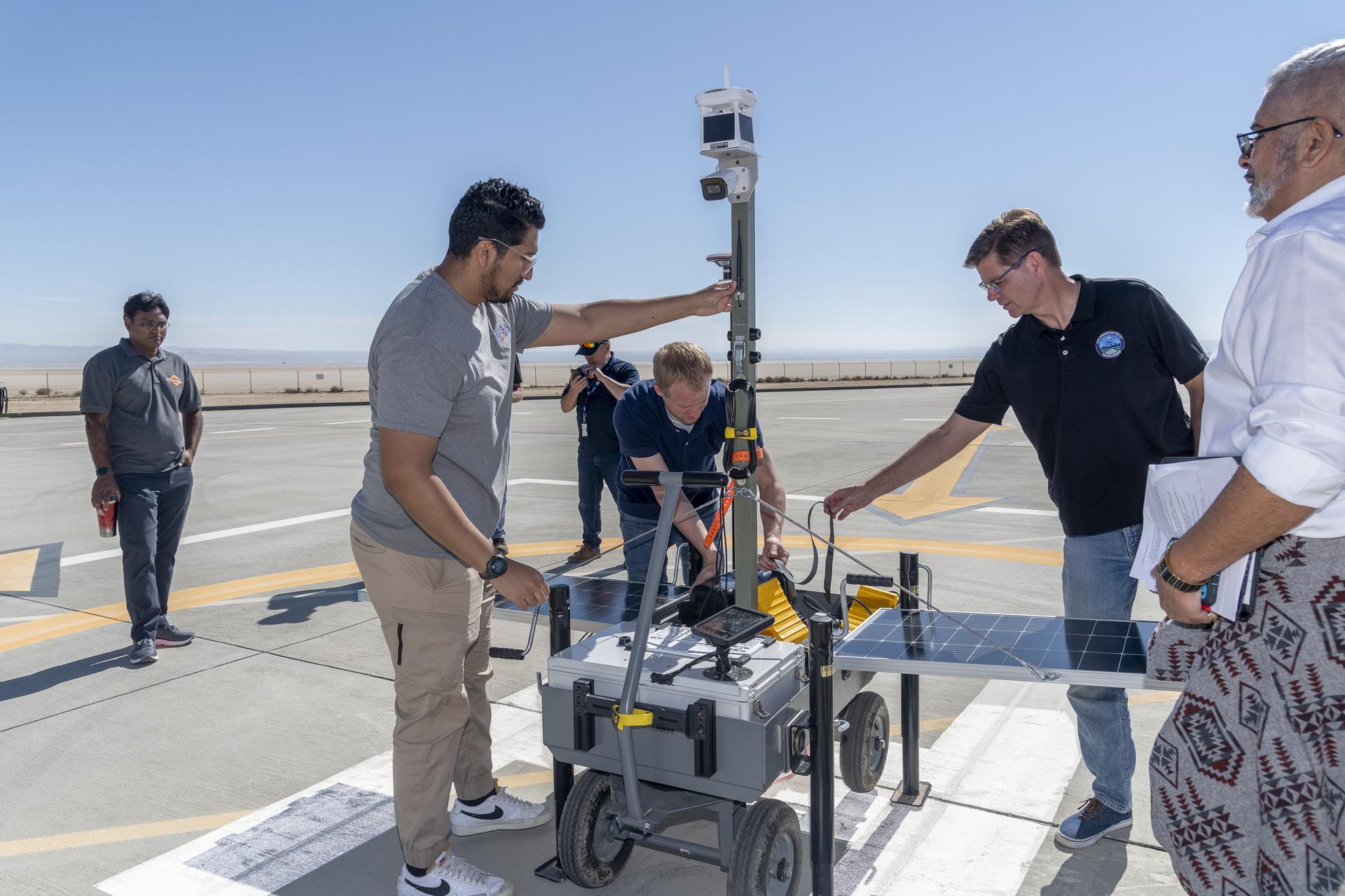The National Aeronautics and Space Administration is committed to making all agency programs and services, including Information and Communication Technology (ICT), accessible to everyone.
Our Commitment
To meet this commitment, our web pages have been designed to meet or exceed the Section 508 standards and conform to the W3C Web Content Accessibility Guidelines (WCAG) 2.0, Level AA.
Our Policy
NASA’s accessibility policy is documented in NASA Procedural Requirement 2800.2A, Information and Communication Technology Accessibility.
To learn more about other areas of accessibility policy and practices at NASA, please visit our Section 508 Program web page.
Contact Us
Please email us at AssistedProgramComplaint@nasa.gov if you:
- Have difficulty viewing, interacting, selecting, and navigating any element of a page (i.e., lists, media, graphics, form fields, search boxes) with adaptive technology;
- Would like to request an accessible alternative to inaccessible content;
- Have questions about our accessibility policy; or
- Need to file a complaint alleging a violation of Section 508.
When reporting an issue, please indicate what browser and assistive technology you are using at the time of the issue, as well as the web page or document URL(s).
Please note that this email address is only for submitting web accessibility issues. For more general inquiries, please see the Contact NASA web page.
Individuals who are deaf, deaf-blind, hard of hearing, or have a speech disability who need to contact NASA by phone may dial 711 (TTY, TDD, or TeleBraille) to access telecommunications relay services. For more information, visit the 711 consumer guide.
Reasonable Accommodations
For information about NASA’s procedures for reasonable accommodations for federal employees and for filing official complaints, please visit the Office of Diversity and Equal Opportunity Disability Employment Program Web page
Accessibility Program Manager
NASA’s Section 508 Program Manager is Courtney Ritz at courtney.l.ritz@nasa.gov.
Last Reviewed and Updated: 02/11/2024
Page Editor: Michelle Wolverton
















